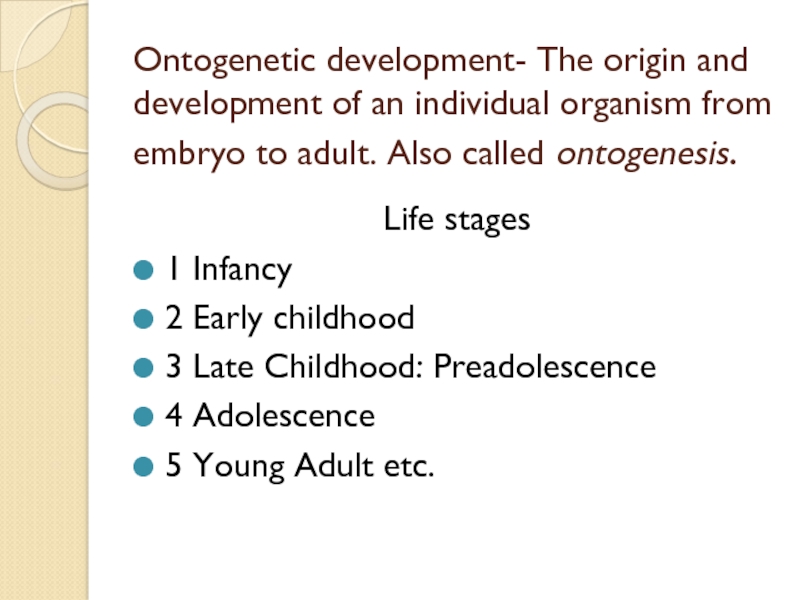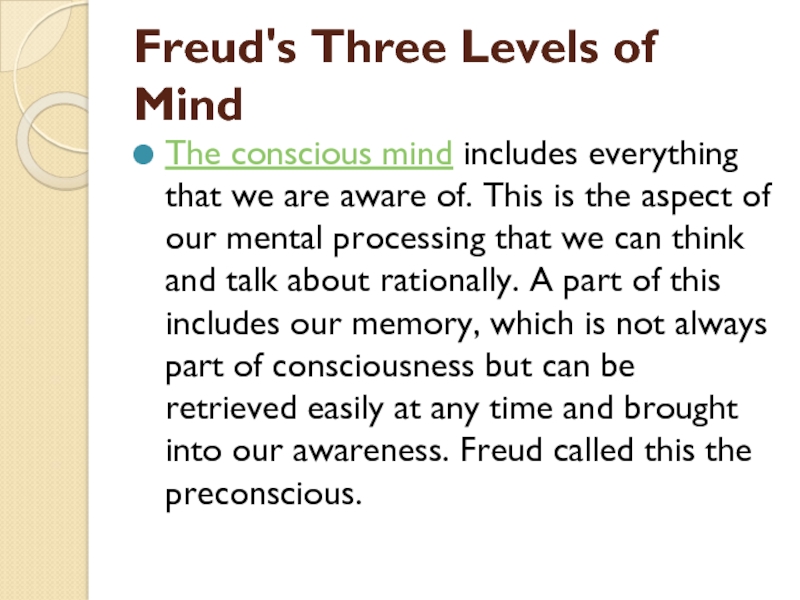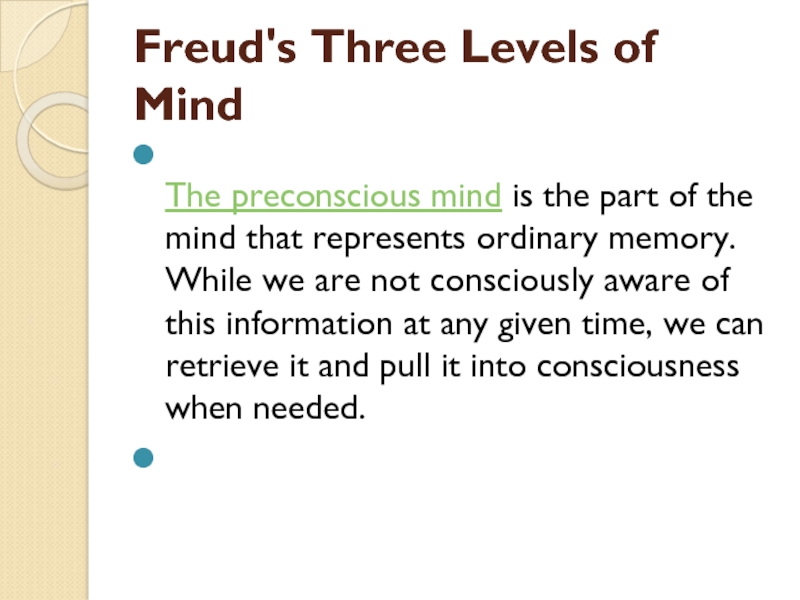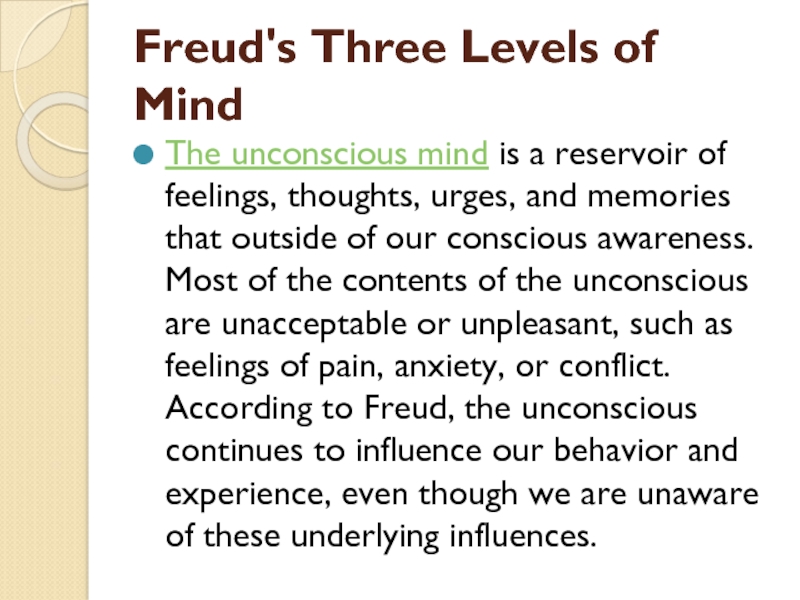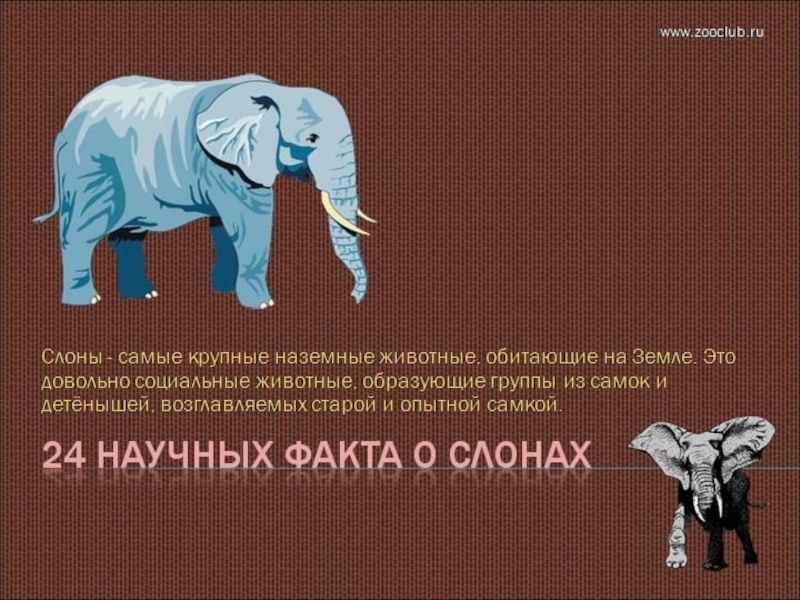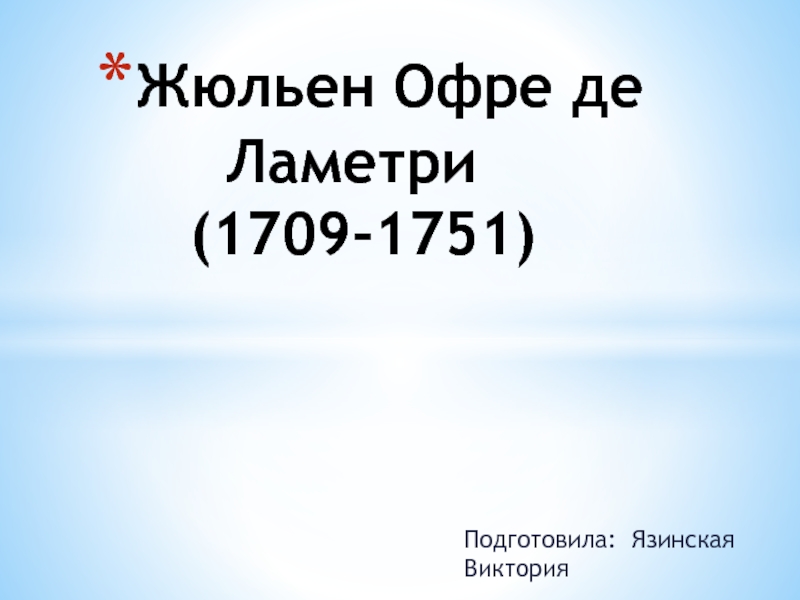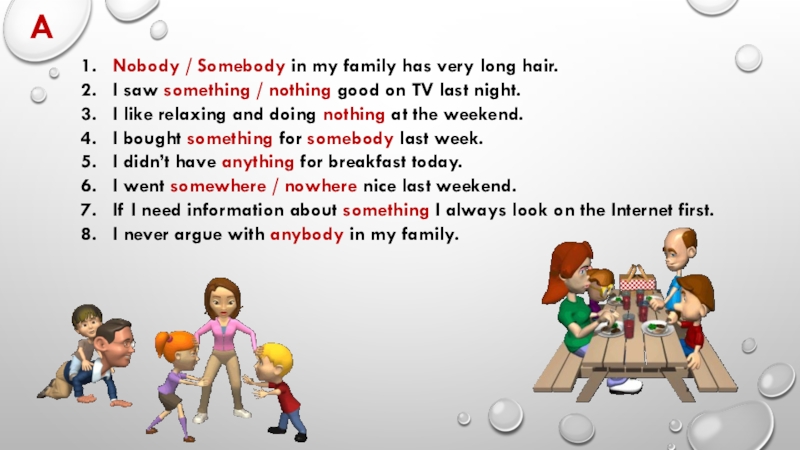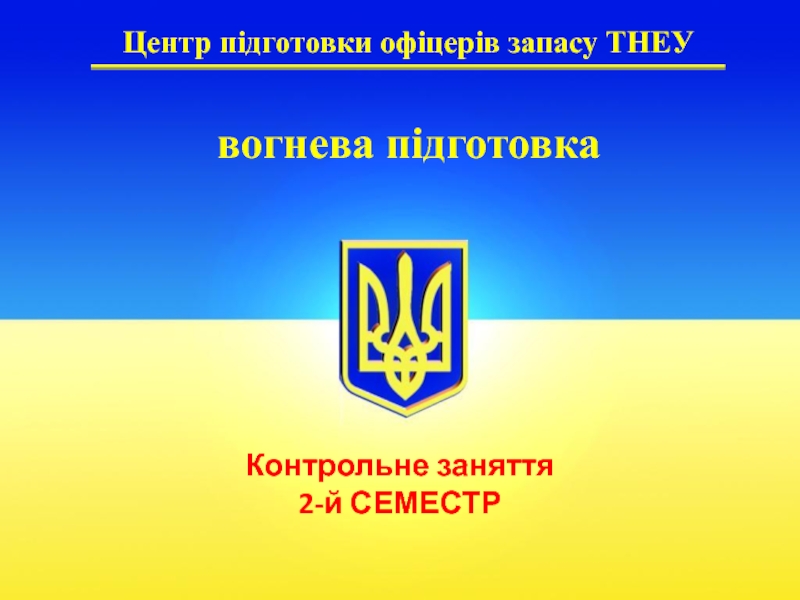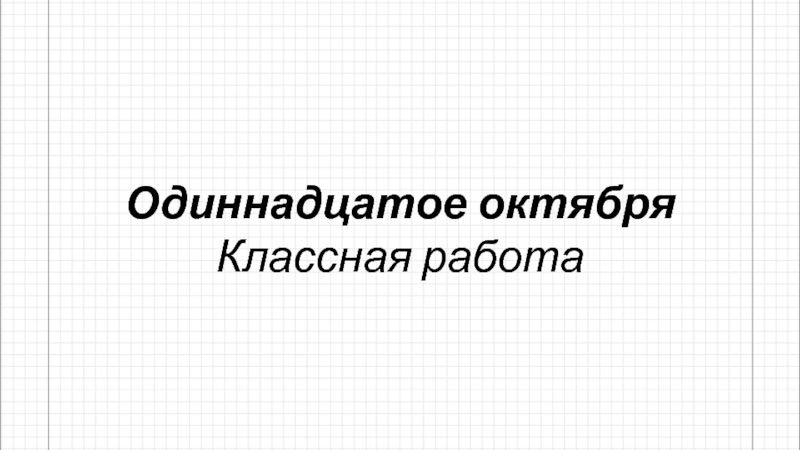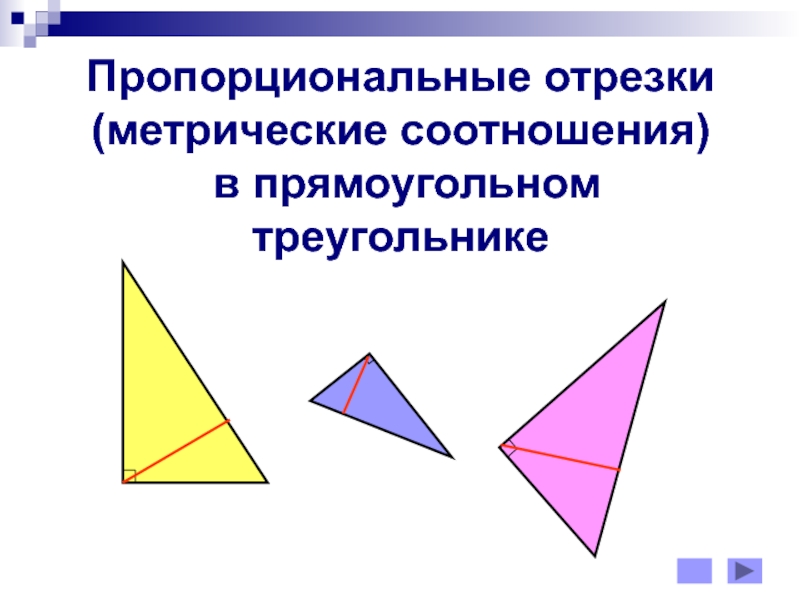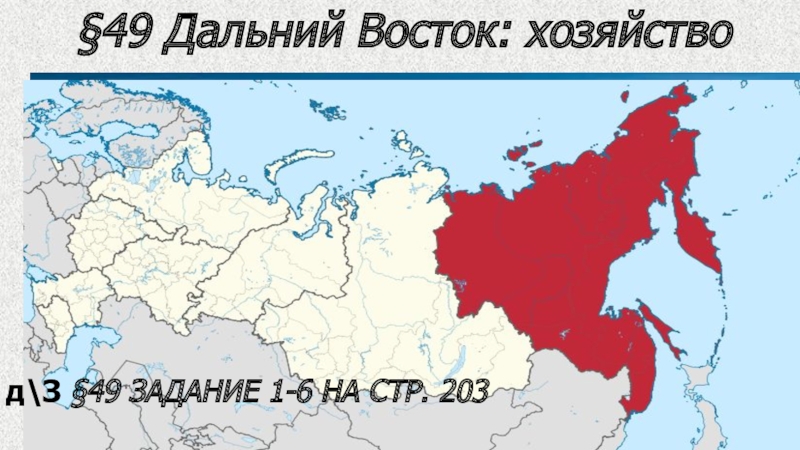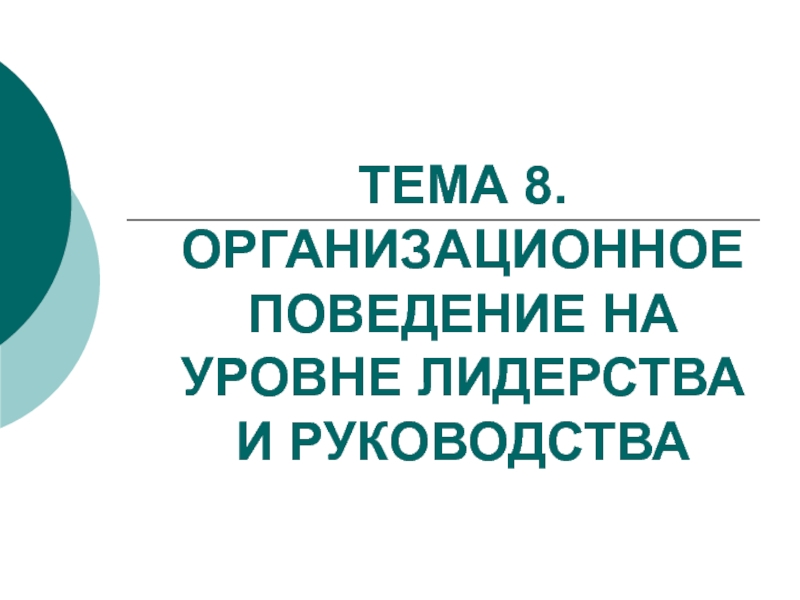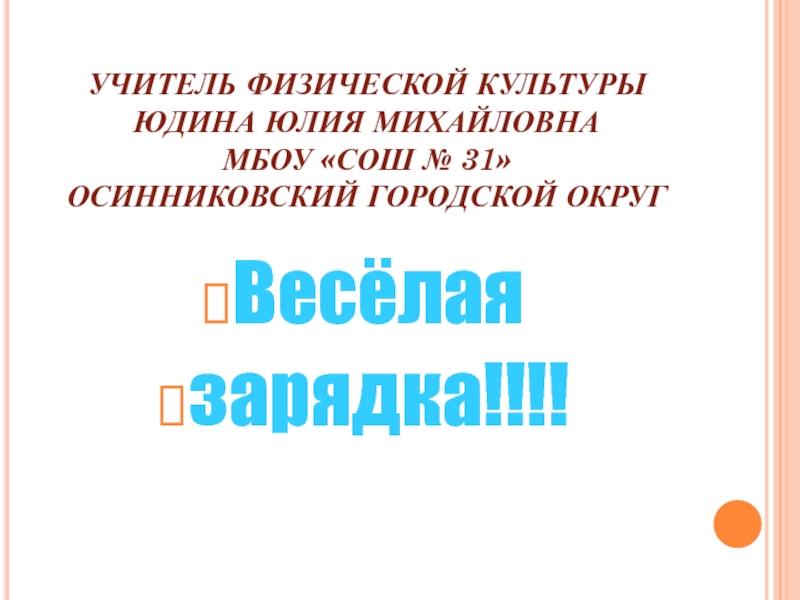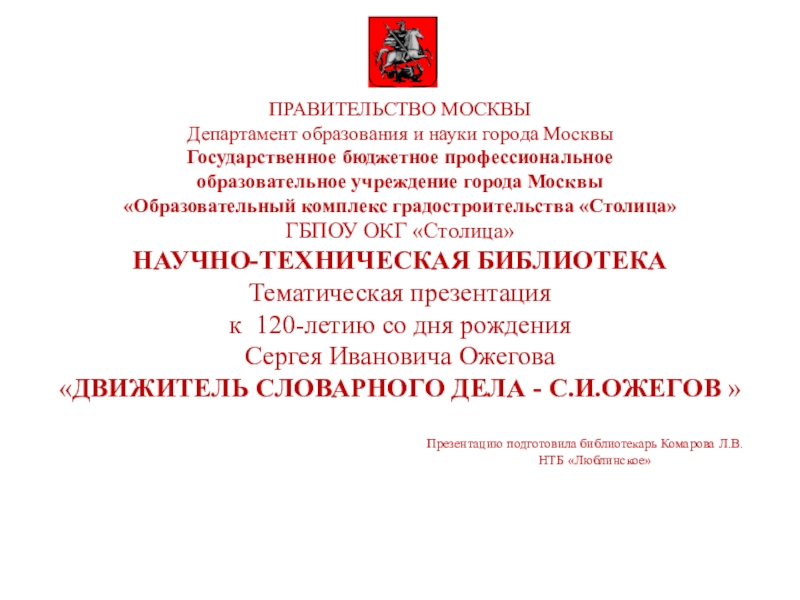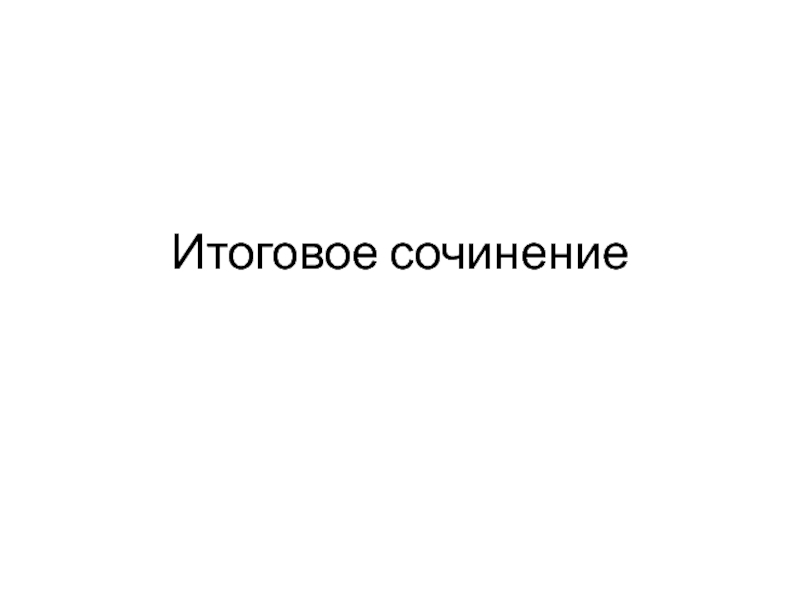Разделы презентаций
- Разное
- Английский язык
- Астрономия
- Алгебра
- Биология
- География
- Геометрия
- Детские презентации
- Информатика
- История
- Литература
- Математика
- Медицина
- Менеджмент
- Музыка
- МХК
- Немецкий язык
- ОБЖ
- Обществознание
- Окружающий мир
- Педагогика
- Русский язык
- Технология
- Физика
- Философия
- Химия
- Шаблоны, картинки для презентаций
- Экология
- Экономика
- Юриспруденция
Theme: Biological Basic of Psychology
Содержание
- 1. Theme: Biological Basic of Psychology
- 2. VocabularyCerebrum –головной мозг;Spinal cord – Спинной мозг;Peripheral
- 3. VocabularyCorpus callosum -мозолистое тело;Cerebellum –мозжечок; Hemisphere – полушарие;
- 4. The nervous system can be divided into
- 5. A Guide to Brain Anatomy
- 6. BrainstemBrainstem - The lower extension of the
- 7. Cerebellum Cerebellum - The portion of the
- 8. Occipital LobeOccipital Lobe - Region in the
- 9. Parietal LobeParietal Lobe - One of the
- 10. Temporal LobeTemporal Lobe - There are two
- 11. HemispheresFrom a top view, notice how the
- 12. In the peripheral nervous system, neurons can
- 13. Cerebral Cortex Functions:
- 14. Cerebral Cortex The word "cortex" comes
- 15. Cerebellum Functions:MovementBalancePosture
- 16. CerebellumThe word "cerebellum" is derived from the
- 17. Brain stem Functions: BreathingHeart Rate Blood Pressure
- 18. Brain stemThe brain stem refers to the
- 19. Hypothalamus Functions: Body TemperatureEmotionsHungerThirstCircadian Rhythms
- 20. HypothalamusThe hypothalamus is composed of several different
- 21. Thalamus Functions: Sensory processingMovement
- 22. Limbic System Functions:EmotionsMemory The
- 23. Hippocampus Functions: LearningMemory
- 24. Basal Ganglia Functions: Movement The basal
- 25. Midbrain Functions: VisionAuditionEye MovementBody Movement
- 26. Слайд 26
- 27. The human body is made up of
- 28. Neurons can also be classified by the
- 29. An outline of the evolution of the
- 30. The evolution of the Psyche in Animals1.
- 31. Phylogenetic development- Relating to or based on
- 32. 3 level of mental development – behavior.
- 33. Ontogenetic development- The origin and development of
- 34. What is a conciousness?Consciousness is defined as
- 35. Freud's Three Levels of MindThe conscious mind
- 36. Freud's Three Levels of Mind The preconscious
- 37. Freud's Three Levels of MindThe unconscious mind
- 38. Thank you!
- 39. Скачать презентанцию
VocabularyCerebrum –головной мозг;Spinal cord – Спинной мозг;Peripheral nervous system –Периферическая нервная система;Occipital lobe -Затылочная доля;Brainstem – ствол головного мозга;Temporal lobe – Височная доляParietal lobe – Теменная доля;
Слайды и текст этой презентации
Слайд 1Theme: Biological Basic of Psychology
Contents:
1. Divisions of the nervous system.
2.
Brain structures and their functions
Слайд 2Vocabulary
Cerebrum –головной мозг;
Spinal cord – Спинной мозг;
Peripheral nervous system –Периферическая
нервная система;
Occipital lobe -Затылочная доля;
Brainstem – ствол головного мозга;
Temporal lobe
– Височная доляParietal lobe – Теменная доля;
Слайд 4The nervous system can be divided into several connected systems
that function together. Let's start with a simple division:
The nervous
system is divided into the central nervous system and peripheral nervous system.Слайд 6Brainstem
Brainstem - The lower extension of the brain where it
connects to the spinal cord. Neurological functions located in the
brainstem include those necessary for survival (breathing, digestion, heart rate, blood pressure) and for arousal (being awake and alert).Слайд 7Cerebellum
Cerebellum - The portion of the brain (located at
the back) which helps coordinate movement (balance and muscle coordination).
Damage may result in ataxia which is a problem of muscle coordination. This can interfere with a person's ability to walk, talk, eat, and to perform other self care tasks.Frontal Lobe - Front part of the brain; involved in planning, organizing, problem solving, selective attention, personality and a variety of "higher cognitive functions" including behavior and emotions.
Слайд 8Occipital Lobe
Occipital Lobe - Region in the back of the
brain which processes visual information. Not only is the occipital
lobe mainly responsible for visual reception, it also contains association areas that help in the visual recognition of shapes and colors. Damage to this lobe can cause visual deficitsСлайд 9Parietal Lobe
Parietal Lobe - One of the two parietal lobes
of the brain located behind the frontal lobe at the
top of the brain.Parietal Lobe, Right - Damage to this area can cause visuo-spatial deficits (e.g., the patient may have difficulty finding their way around new, or even familiar, places).
Parietal Lobe, Left - Damage to this area may disrupt a patient's ability to understand spoken and/or written language.
The parietal lobes contain the primary sensory cortex which controls sensation (touch, pressure). Behind the primary sensory cortex is a large association area that controls fine sensation (judgment of texture, weight, size, shape)
Слайд 10Temporal Lobe
Temporal Lobe - There are two temporal lobes, one
on each side of the brain located at about the
level of the ears. These lobes allow a person to tell one smell from another and one sound from another. They also help in sorting new information and are believed to be responsible for short-term memory.Right Lobe - Mainly involved in visual memory (i.e., memory for pictures and faces).
Left Lobe - Mainly involved in verbal memory (i.e., memory for words and names).
Слайд 11Hemispheres
From a top view, notice how the brain is divided
into two halves, called hemispheres. Each hemisphere communicates with the
other through the corpus callosum, a bundle of nerve fibers. (Another smaller fiber bundle that connects the two hemispheres is called the anterior commissure).Слайд 12In the peripheral nervous system, neurons can be functionally divided
in three ways:
Sensory (afferent) - carry information INTO the central
nervous system from sense organs or motor (efferent) - carry information away from the central nervous system (for muscle control).Cranial - connects the brain with the periphery or spinal - connects the spinal cord with the periphery.
Somatic - connects the skin or muscle with the central nervous system or visceral - connects the internal organs with the central nervous system.
Слайд 14Cerebral Cortex
The word "cortex" comes from the Latin word
for "bark" (of a tree). This is because the cortex
is a sheet of tissue that makes up the outer layer of the brain. The thickness of the cerebral cortex varies from 2 to 6 mm. The right and left sides of the cerebral cortex are connected by a thick band of nerve fibers called the "corpus callosum." In higher mammals such as humans, the cerebral cortex looks like it has many bumps and grooves. A bump or bulge on the cortex is called a gyrus (the plural of the word gyrus is "gyri") and a groove is called a sulcus (the plural of the word sulcus is "sulci"). Lower mammals, such as rats and mice, have very few gyri and sulci.Слайд 16Cerebellum
The word "cerebellum" is derived from the Latin word for
"little brain." Located behind the brain stem, the cerebellum is
similar to the cerebral cortex because it has hemispheres and a cortex that surrounds the hemispheres.Слайд 18Brain stem
The brain stem refers to the area of the
brain between the thalamus and spinal cord. Structures of the
brain stem include the pons, medulla oblongta, tectum, reticular formation and tegmentum. The brain stem is important for maintaining basic life functions such as breathing, heart rate and blood pressure.Слайд 20Hypothalamus
The hypothalamus is composed of several different areas and is
located at the base of the brain. The hypothalamus is
only 1/300 of the total brain weight. One function of the hypothalamus is the control of body temperature. The hypothalamus detects changes in body temperature and sends commands to adjust the temperature. For example, the hypothalamus can detect fever and respond by sending a command to expand capillaries in the skin. The expansion of the capillaries cools the blood and results in a drop in body temperature. The hypothalamus also controls the pituitary.Слайд 21Thalamus
Functions:
Sensory processing
Movement
The thalamus receives sensory information from other areas of the
nervous system and sends this information to the cerebral cortex. The thalamus is also important for processing information related to movement.Слайд 22Limbic System
Functions:
Emotions
Memory
The limbic system (or
the limbic areas) is a group of structures that includes
the amygdala, the hippocampus, mammillary bodies and cingulate gyrus. These areas are important for controlling the emotional response to a given situation. The hippocampus is also important for memory.Слайд 23Hippocampus
Functions:
Learning
Memory
The hippocampus
is one part of the limbic system that is important
for memory and learningСлайд 24Basal Ganglia
Functions:
Movement
The basal ganglia are a group
of structures, including the globus pallidus, caudate nucleus, subthalamic nucleus,
putamen and substantia nigra, that are important in coordinating movement.Слайд 25Midbrain
Functions:
Vision
Audition
Eye Movement
Body Movement
The midbrain includes
structures such as the superior and inferior colliculi and red
nucleus. There are several other areas also in the midbrain.Слайд 27The human body is made up of trillions of cells.
Cells of the nervous system, called nerve cells or neurons,
are specialized to carry "messages" through an electrochemical process. The human brain has approximately 100 billion neurons. To learn how neurons carry messages, read about the action potential.Слайд 28Neurons can also be classified by the direction that they
send information.
Sensory (or afferent) neurons: send information from sensory receptors
(e.g., in skin, eyes, nose, tongue, ears) TOWARD the central nervous system.Motor (or efferent) neurons: send information AWAY from the central nervous system to muscles or glands.
Interneurons: send information between sensory neurons and motor neurons. Most interneurons are located in the central nervous system.
Слайд 29An outline of the evolution of the psyche
The origin of
sensitive living organisms is associated with complication of their vital
activity. This complication consists in a differentiation of the processes of external activity that mediate organism's relations with those properties of the environment on which... their life depend.Слайд 30The evolution of the Psyche in Animals
1. The Stage of
Elementary Sensory Psyche
2. The Stage of the Perceptive Psyche
3. The
Stage of [Animal] IntellectСлайд 31Phylogenetic development- Relating to or based on evolutionary development or
history: a phylogenetic classification of species.
1 level of mental
development - irritability inherent in single-celled organisms, is defined as forced activity.2 level of mental development –sensibility – it is ability to sense from Biological important factors but also biological neutral.
.
Слайд 323 level of mental development – behavior. The stage of
[animal] intellect is characterized by very complex... forms of reflecting
reality4 the highest level - consciousness inherent just for human being.
Слайд 33Ontogenetic development- The origin and development of an individual organism
from embryo to adult. Also called ontogenesis.
Life stages
1 Infancy
2 Early
childhood3 Late Childhood: Preadolescence
4 Adolescence
5 Young Adult etc.
Слайд 34What is a conciousness?
Consciousness is defined as a stable information
processing system with specific functions and emergent operating properties, all
of which are necessary to maintain system stability.The minimum specific functions for any conscious system are: 1) perception; 2) recognition; 3) memory; 4) recall; and 5) behavior.
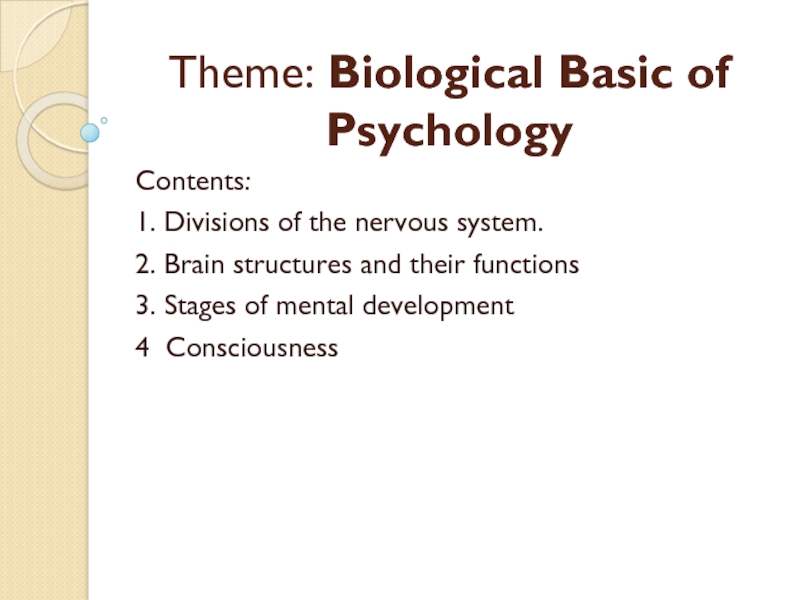
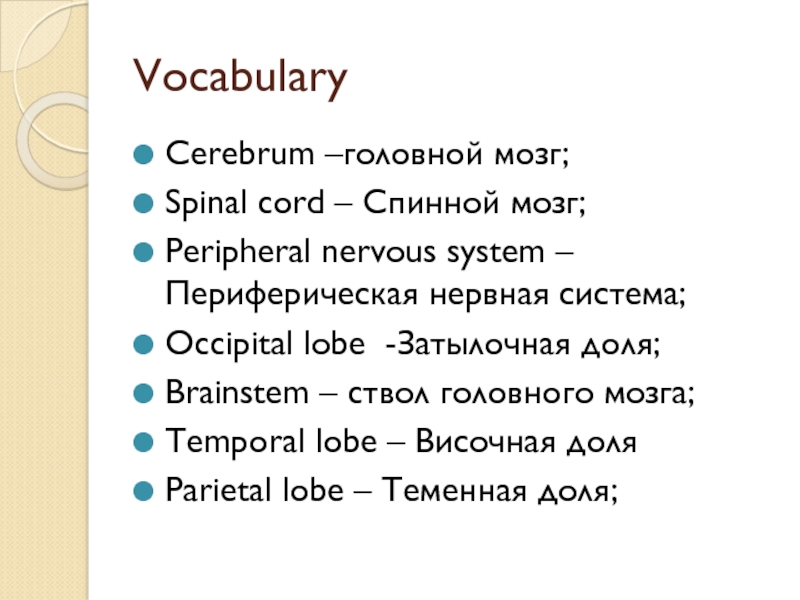
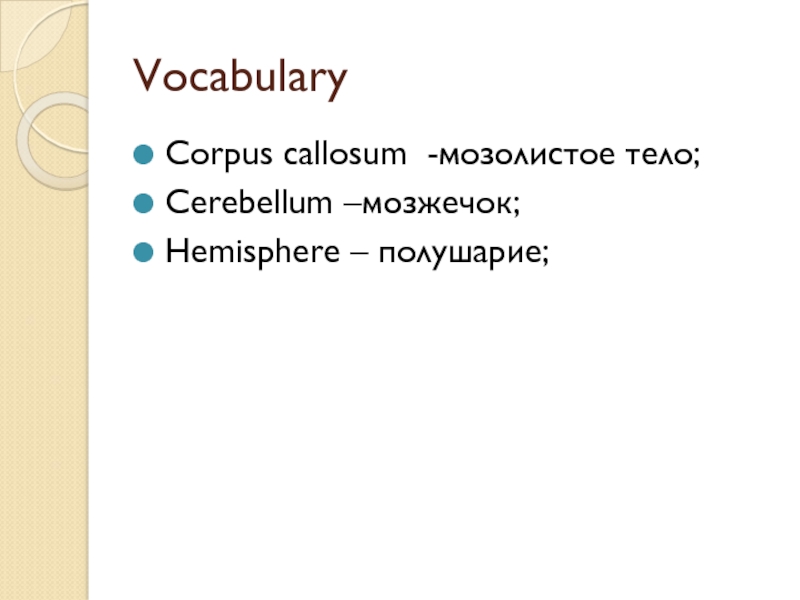
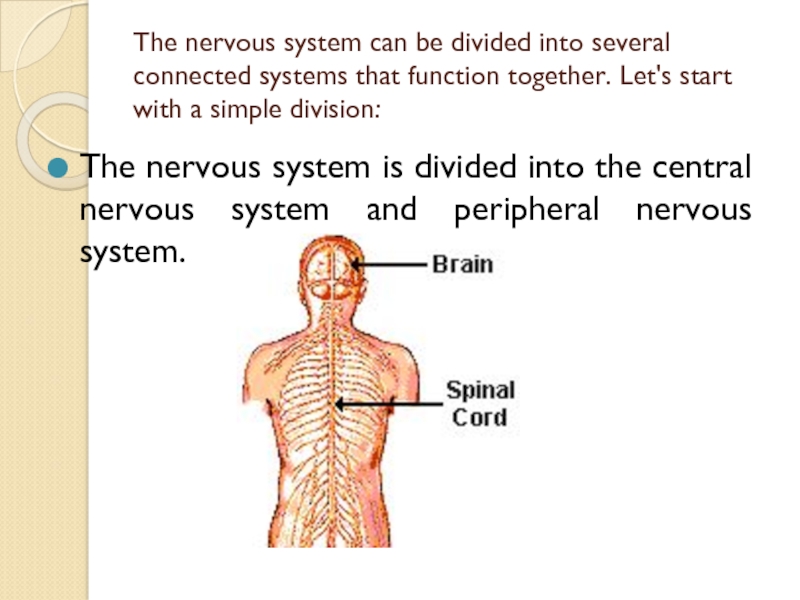
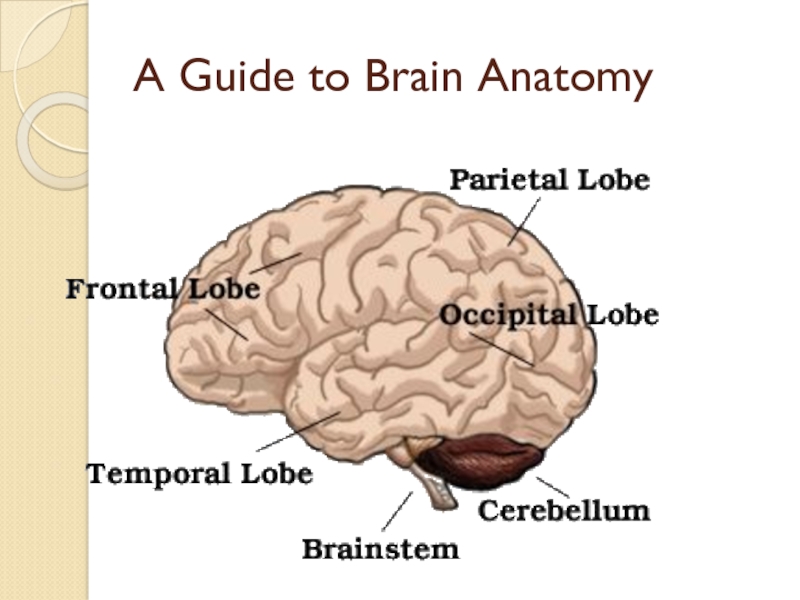
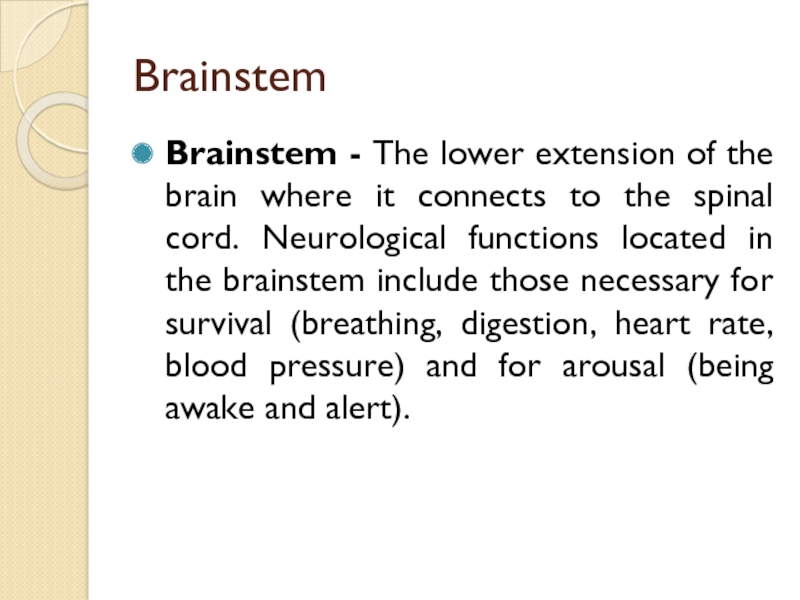


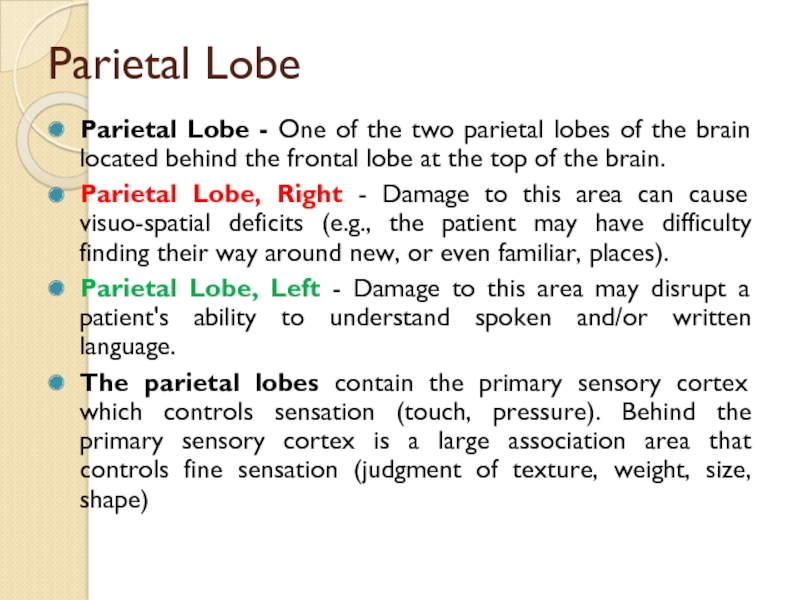
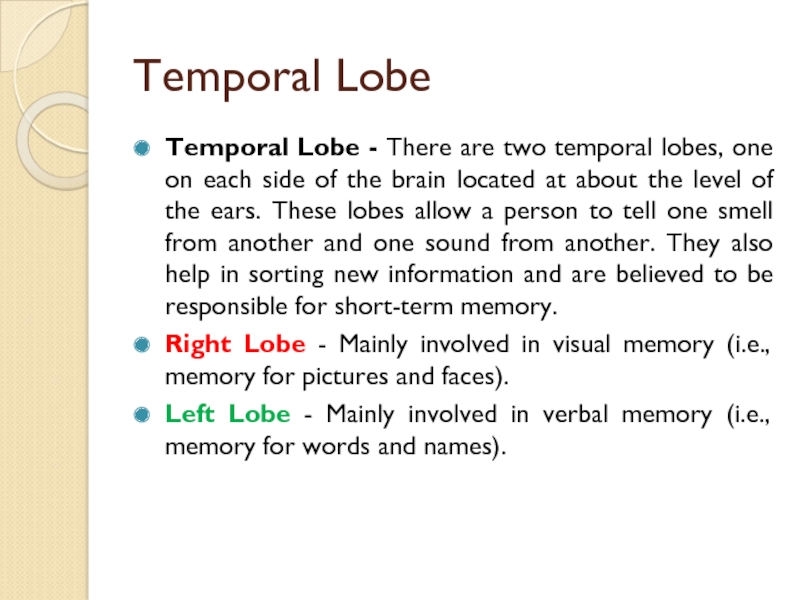
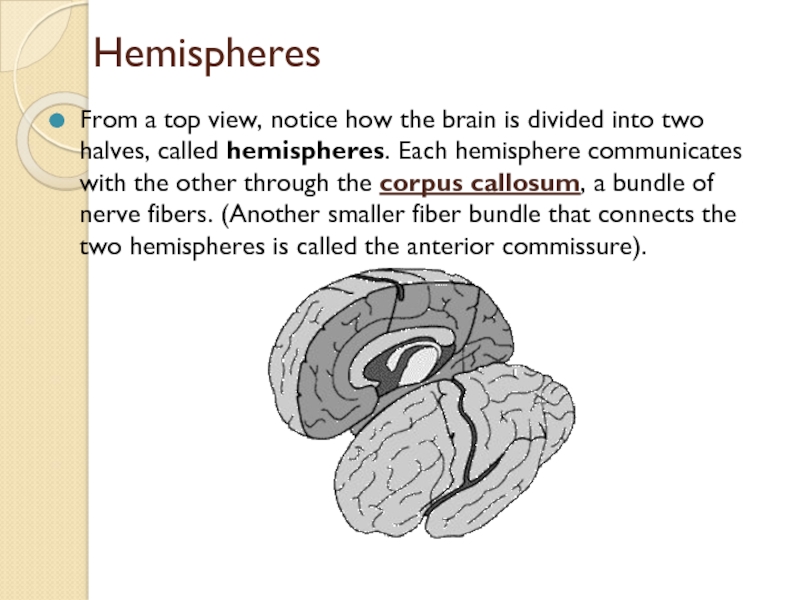
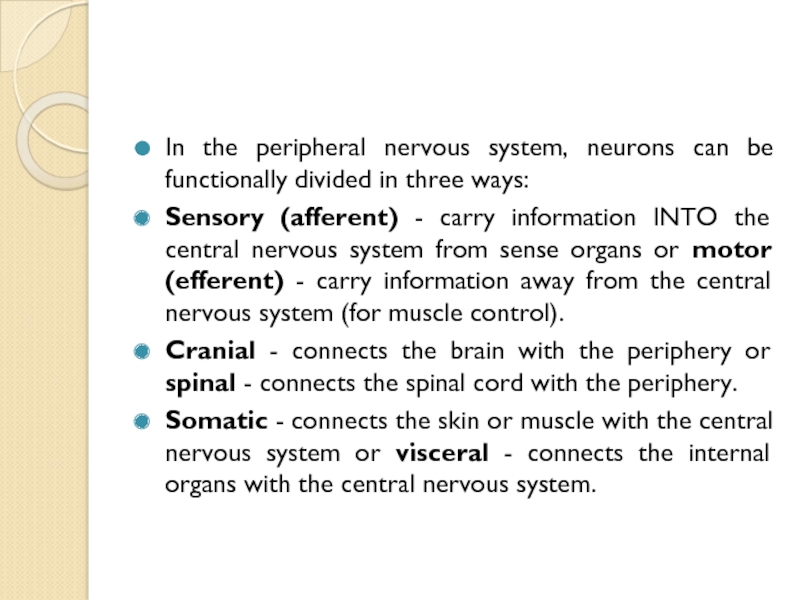
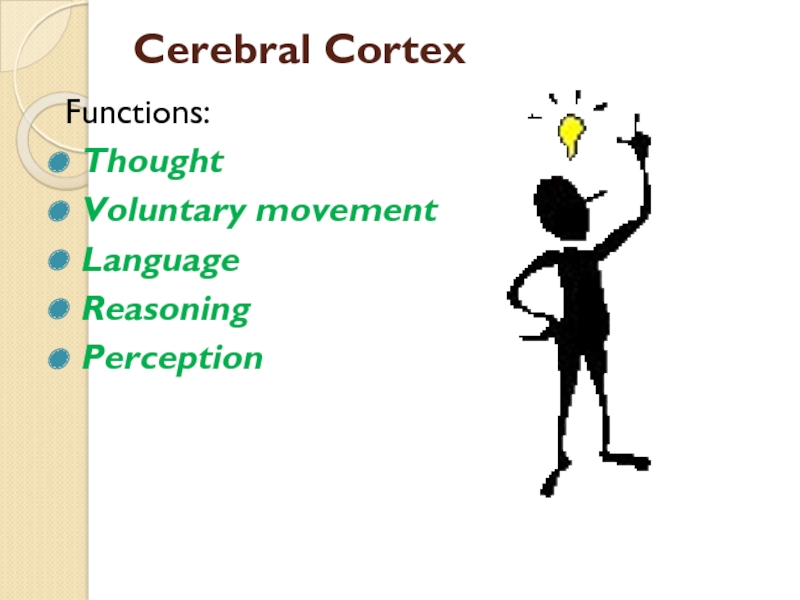
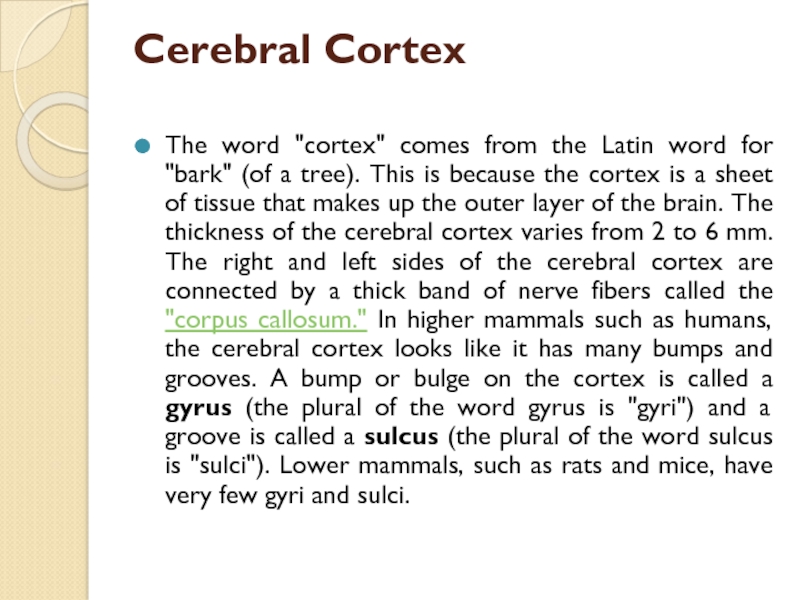
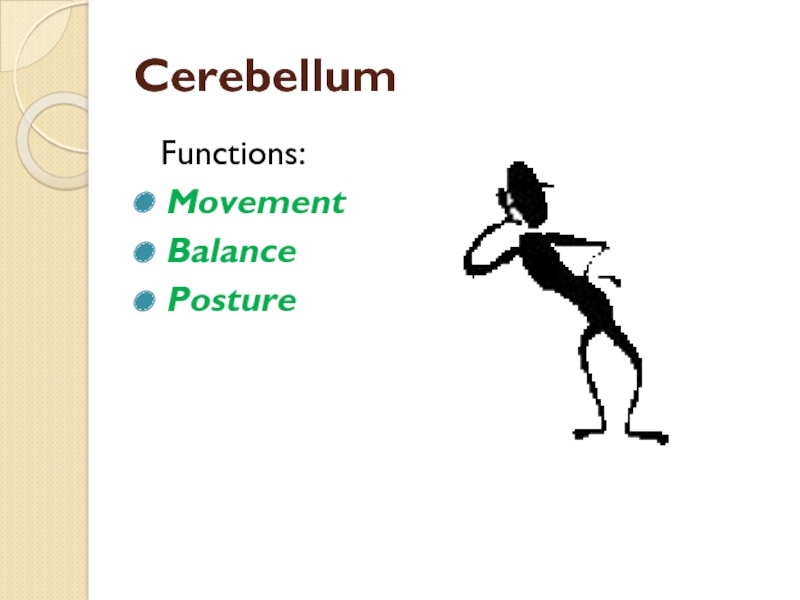
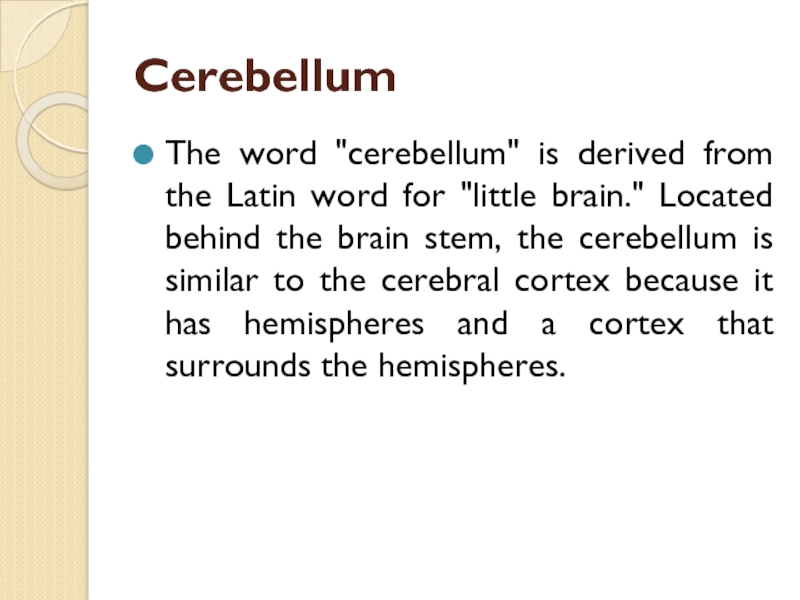

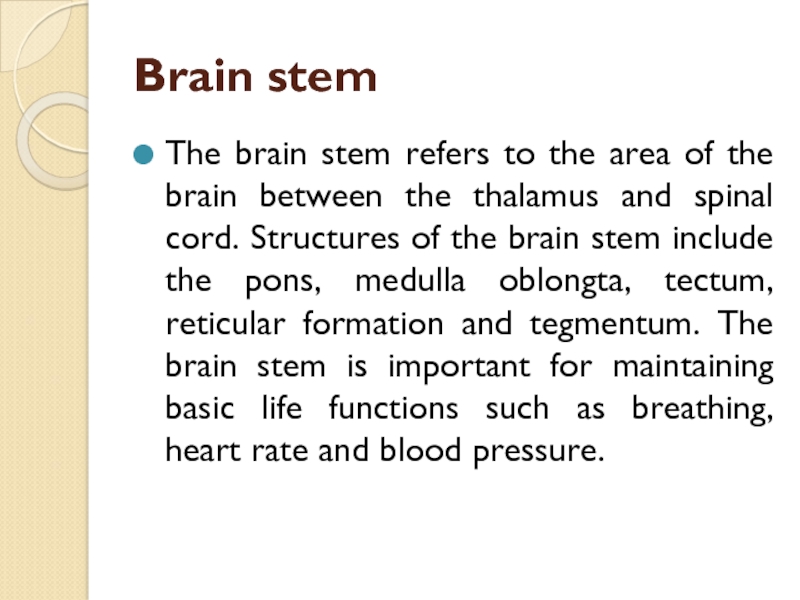

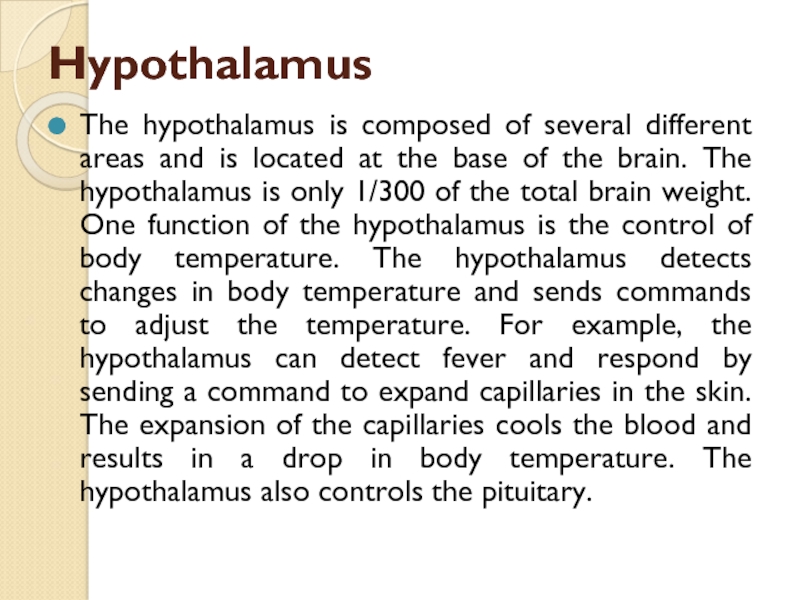
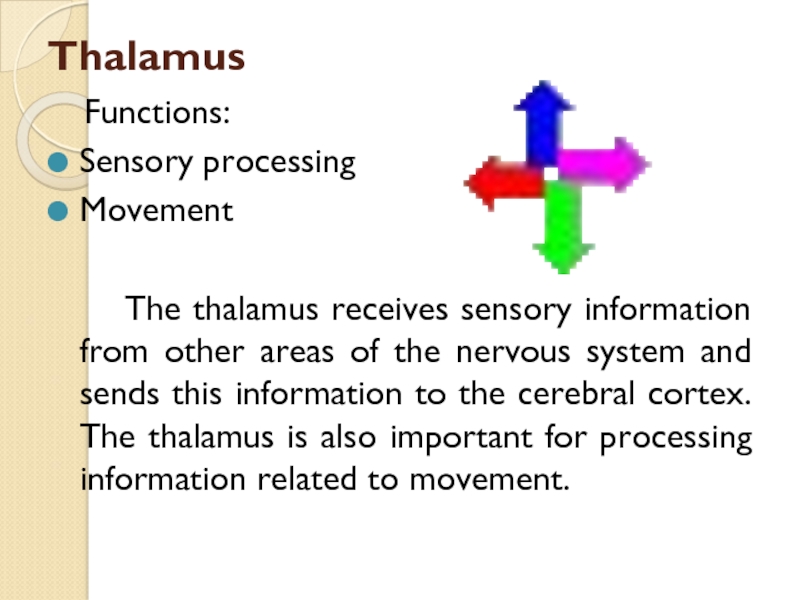
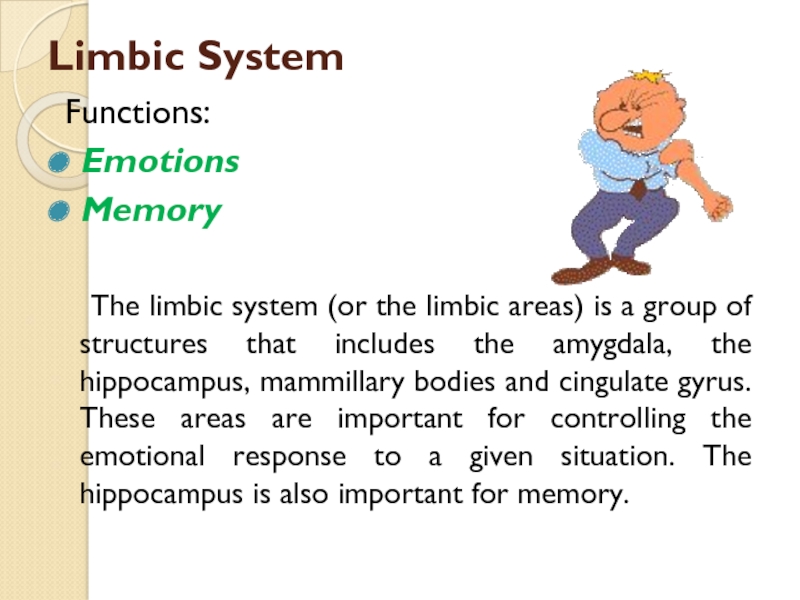

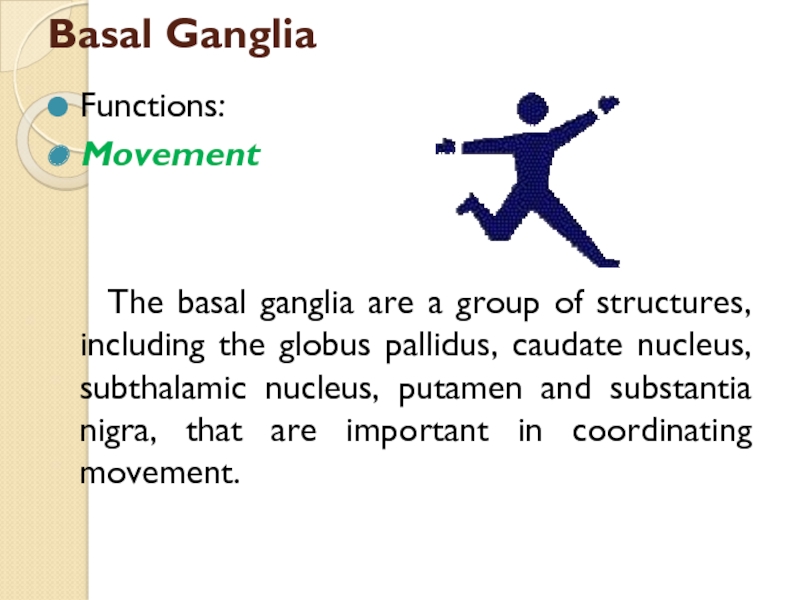
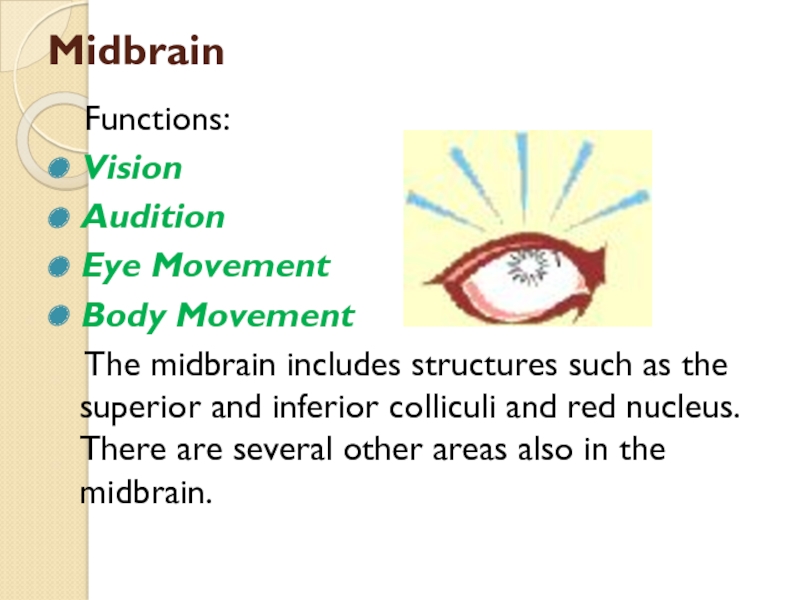
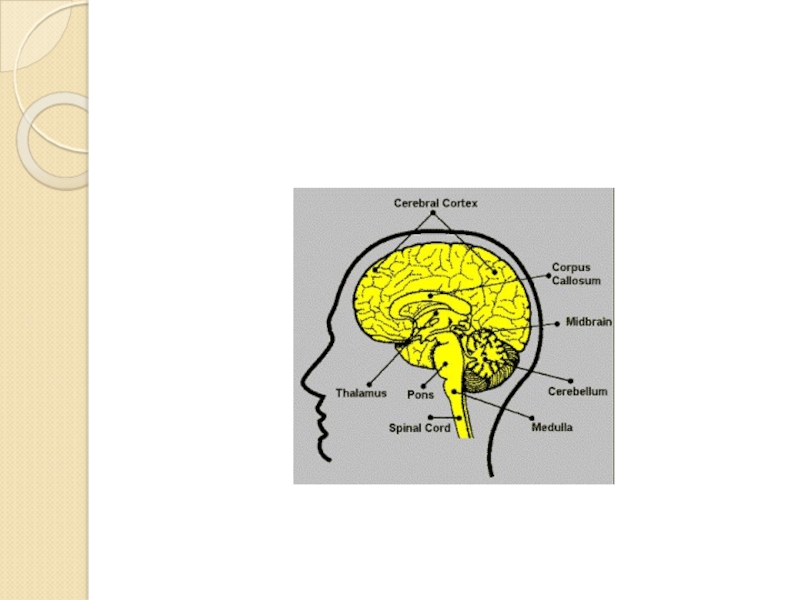
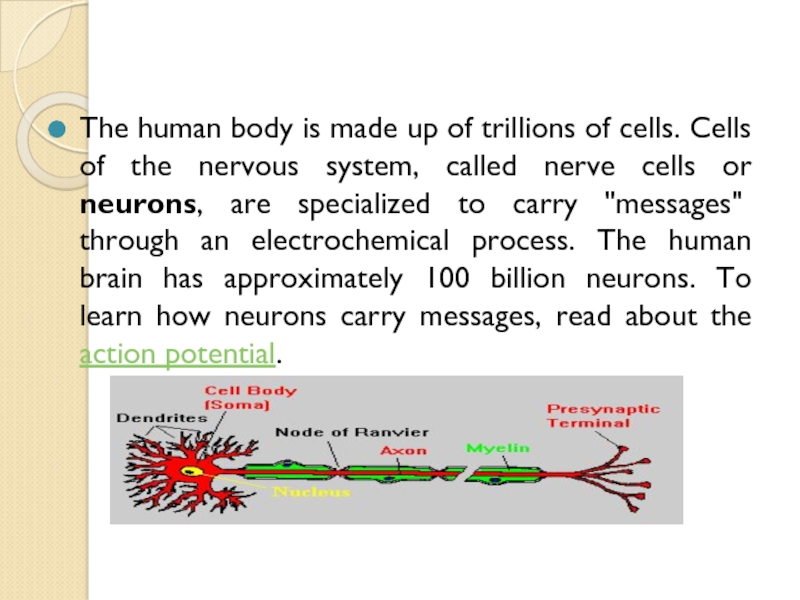
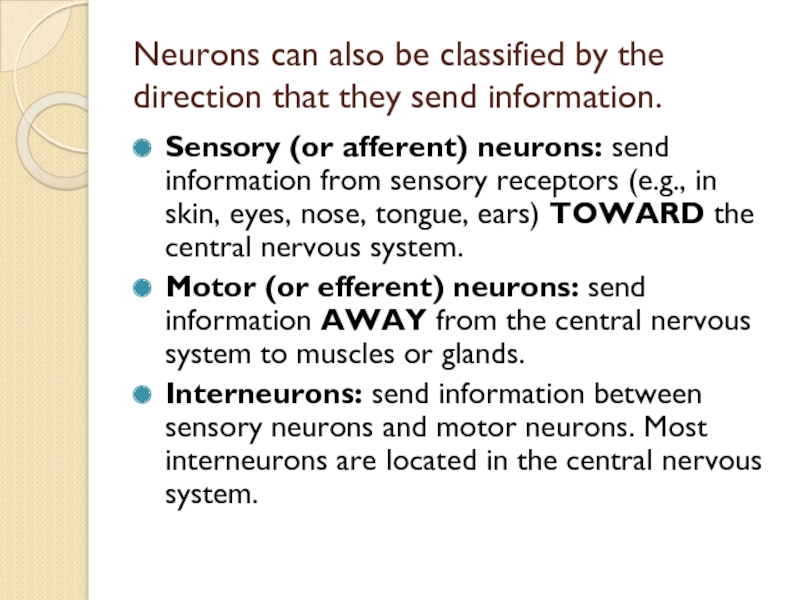
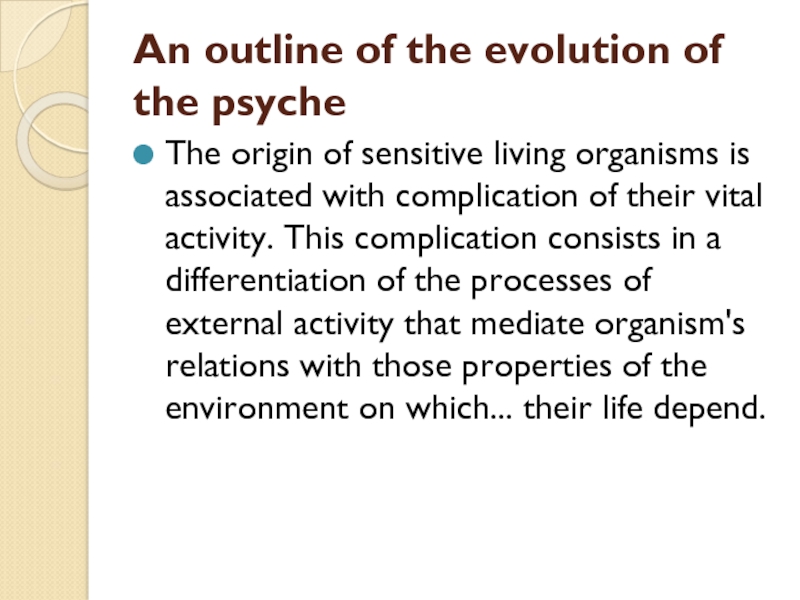

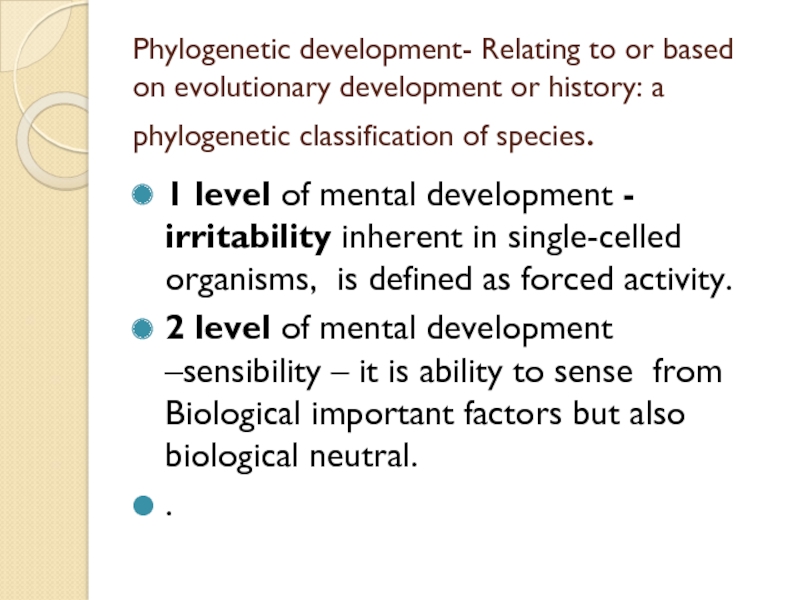
![Theme: Biological Basic of Psychology 3 level of mental development – behavior. The stage of [animal] 3 level of mental development – behavior. The stage of [animal] intellect is characterized by very complex...](/img/thumbs/b299c33feff0c612553e8ba563d79f3f-800x.jpg)
